The first private spacewalk!
The Polaris program could push SpaceX’s private crew missions to new heights. In the missions’ reveal, the company hints at a Starship crewed orbital flight and more.
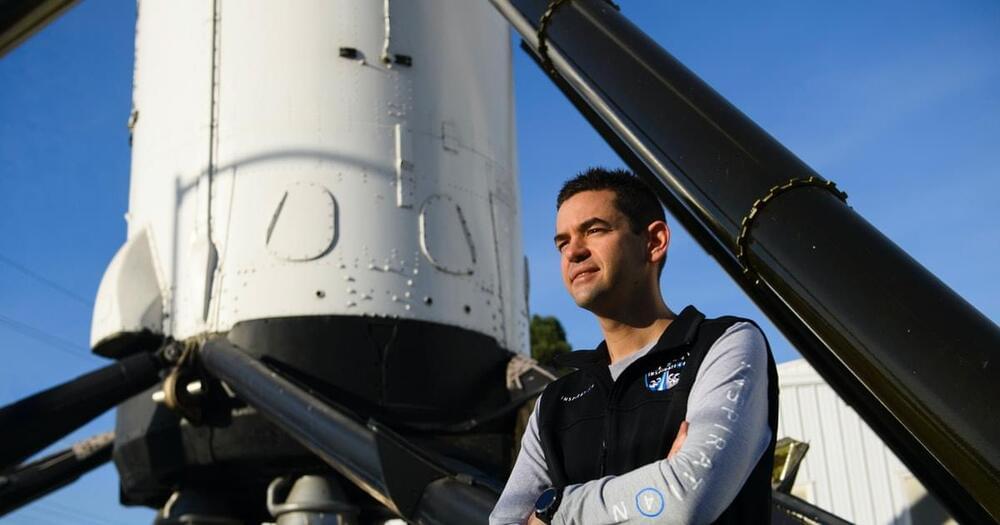
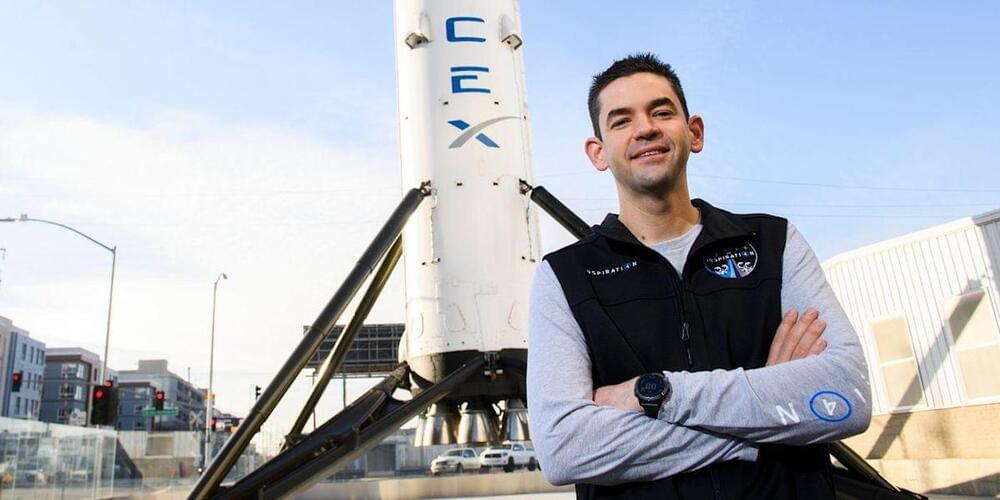
While some of the criticism of late about billionaires going to space is valid — Virgin Galactic CEO’s 10 seconds of BARELY sub orbital jaunt, and Bezo’s midlife crisis flight and jacket photo-op — Musk is getting things DONE. I love the idea of billionaires funding entire missions, not for their own self gratification, but to Get. Things. Done. (with a touch of personal gratification, but it’s being in SPACE, who can blame them for a small bit of joy when it comes with so much benefit to all? That’s what separates Musk from his lesser peers.)
Tech entrepreneur Jared Isaacman announced Monday that he will make another private spaceflight launching from NASA’s Kennedy Space Center, alongside two SpaceX engineers and a former Air Force fighter pilot.

When the koala fur trade began during the late 19th century, as many as 10 million koalas are thought to have existed in Australia. Since then, they have declined to a fraction of their historic range and numbers. Between 2000 and 2016, the states of Queensland and New South Wales bulldozed at least 885,000 hectares of forest and bushland that provided habitat for koalas, based on analyses of vegetation loss derived from satellite imagery.
Having previously classified the animal as “Least Concern” on its Red List, the International Union for Conservation of Nature (IUCN) uplisted the koala to “Vulnerable” in 2016. A report by the WWF in 2017 found a 53% decline per generation in Queensland and a 26% decline in New South Wales.
Estimates of their exact numbers vary considerably, but the Australian government has just published a new detailed analysis, showing the rapid and ongoing decline of koala populations in Eastern Australia. Following the disastrous wildfires of 2019–2020, they have now dipped below 100,000 to approximately 92,000 and are projected to fall by another third in this region during the next decade, possibly reaching 63,000 by 2032.
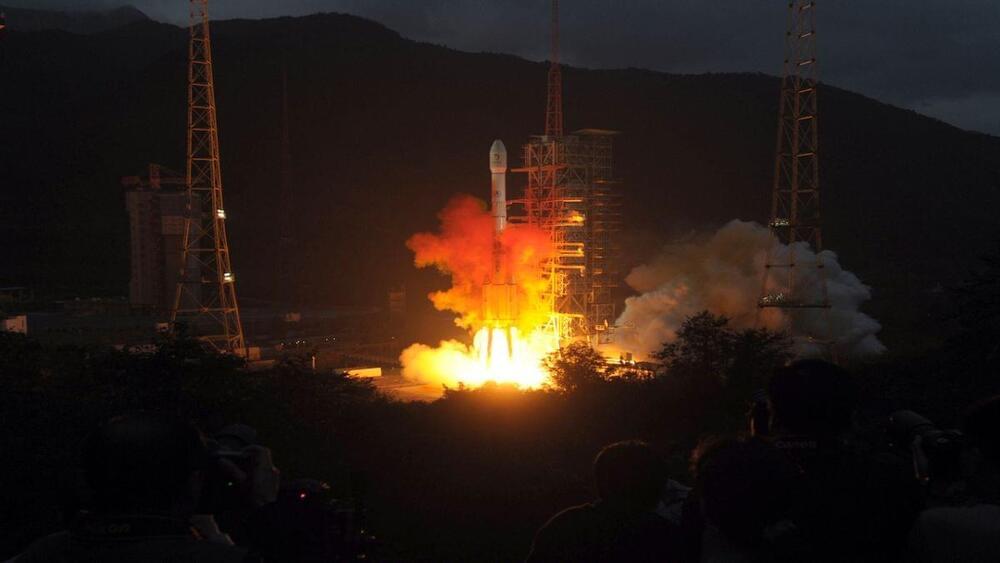
Ooooops!!
A rocket stage set to smash into the moon on March 4 is no longer believed to be a piece of a SpaceX Falcon 9 rocket, but rather a booster from a Chinese rocket sent to the moon in 2014, experts say.
Bill Gray, an astronomer and the developer of the asteroid tracking software Project Pluto, initially identified the errant space junk (which had been given the temporary name WE0913A) as the upper stage of a Falcon 9 rocket, predicting that the debris would collide with the moon after hurtling through space for seven years.
Gray now believes his initial assessment was wrong, and he has updated his blog post with a correction. The doomed object isn’t the SpaceX upper stage — launched in February 2015 to send the Deep Space Climate Observatory satellite, or DSCOVR, 930,000 miles (1.5 million kilometers) from Earth — but is actually a rocket booster from China’s 2014 Chang’e 5-T1 mission, which launched on October 2014, he said.
The object is set to hit the moon traveling at roughly 5,771 mph (9,288 km/h) on March 4.
He’s absolutely right about birth rates and its implications for our species. OVER population is a disproven concept as far as our near and near-far future goes.
Elon Musk is the charismatic co-founder of PayPal and Tesla, as well as the founder of SpaceX, Neuralink, and The Boring Company. He serves as CEO of Tesla and CEO/lead designer of SpaceX. Watch along as he explains why earth doesn’t have a lot of time left.
Other business videos:
➟ “Most People Don’t Even Realize What’s Coming” | Elon Musk Shocking Speech (2021)
➟What Is The Price Of Success? — Elon Musk Speech.
https://www.youtube.com/watch?v=D-tTj6sm10M
➟Audience Stunned when Elon Musk Predicts a Climate Change.
https://www.youtube.com/watch?v=_ozlbGB57aE
This video is all about Elon Musk, Musk, Elon, Tesla, SpaceX, The Boring Company, Business, Jeff Bezos, Space, Cars, Bill Gates, Mark Zuckerberg, millionaires, billionaires, motivational, motivation, Elon musk motivation, Elon musk motivational, elon musk, elon musk motivation, elon musk motivational speech, elon musk inspiring speech, elon musk best speech, elon musk emotional speech, elon musk inspirational video, elon musk emotional, elon musk mindset, elon musk tears up speech, elon musk tears up, elon musk holding back tears, business core, elon musk zone, motivation core, DBbusiness and more topics!
All materials in these recordings are utilized for educational & motivational purposes and fall under fair use law. No copyright encroachment intended. In case you are or represent the copyright proprietor of materials utilized in this video and are object to the utilization of these materials, kindly reach out to me, and we will sort it out.
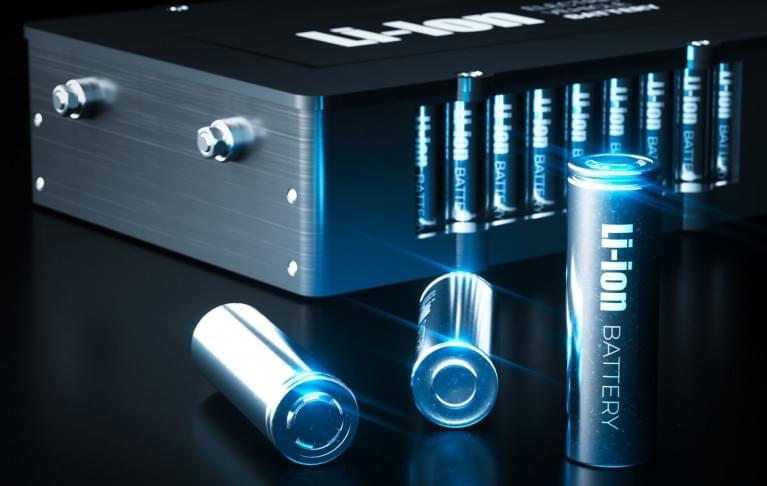
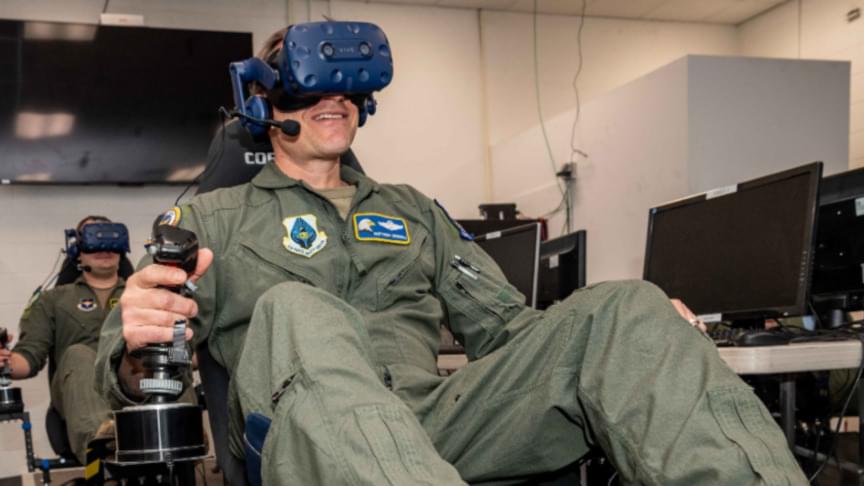

To the moon, Mars, and beyond.
Human spaceflight just got a major boost.
Polaris announced on February 14, 2022, that its first-of-its-kind Polaris Program is set to focus exclusively on rapidly advancing human spaceflight capabilities all while “continuing to raise funds and awareness for important causes on Earth,” per the company’s post on Twitter.
From Blue Origin’s space tourism rides to last year’s celebration of humans sending the 600th person to space in 60 years, more and more humans are being launched up to space. So it makes sense that a laser-focused program like the Polaris Program would solely focus on pushing along human spaceflight capabilities.
## Three missions with one goal.
Polaris already has three missions planned — a triple combination that perfectly reflects the three-starred constellation the company is named after — which will involve developing and using new technologies, extensive research, and the first SpaceX Starship flight with humans on board.
Fulll Story: https://interestingengineering.com/polaris
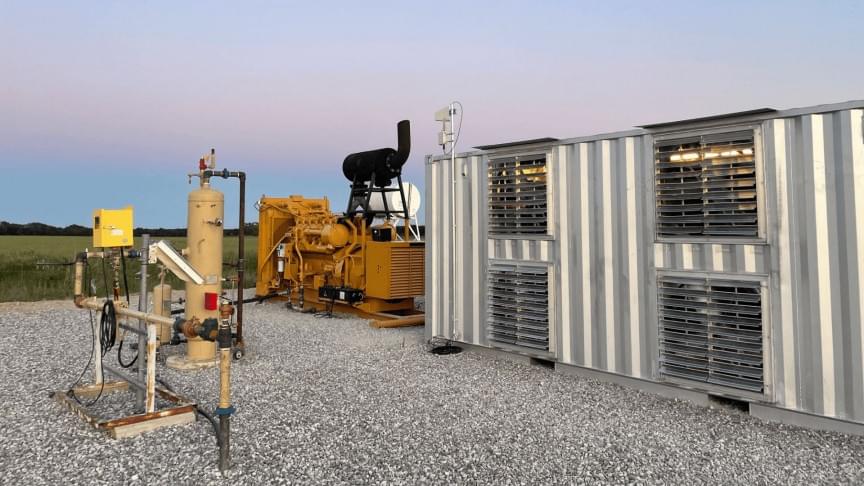

And it’s a perfect fit. Enamel is an incredible material. It’s sturdy enough so that humans can chew but flexible enough that it doesn’t crack with every bite. Unfortunately, humans can not regenerate it. Once lost or damaged, it’s gone forever.
OpenAI’s chief scientist has admitted what we all fear — that artificial intelligence may be gaining consciousness.